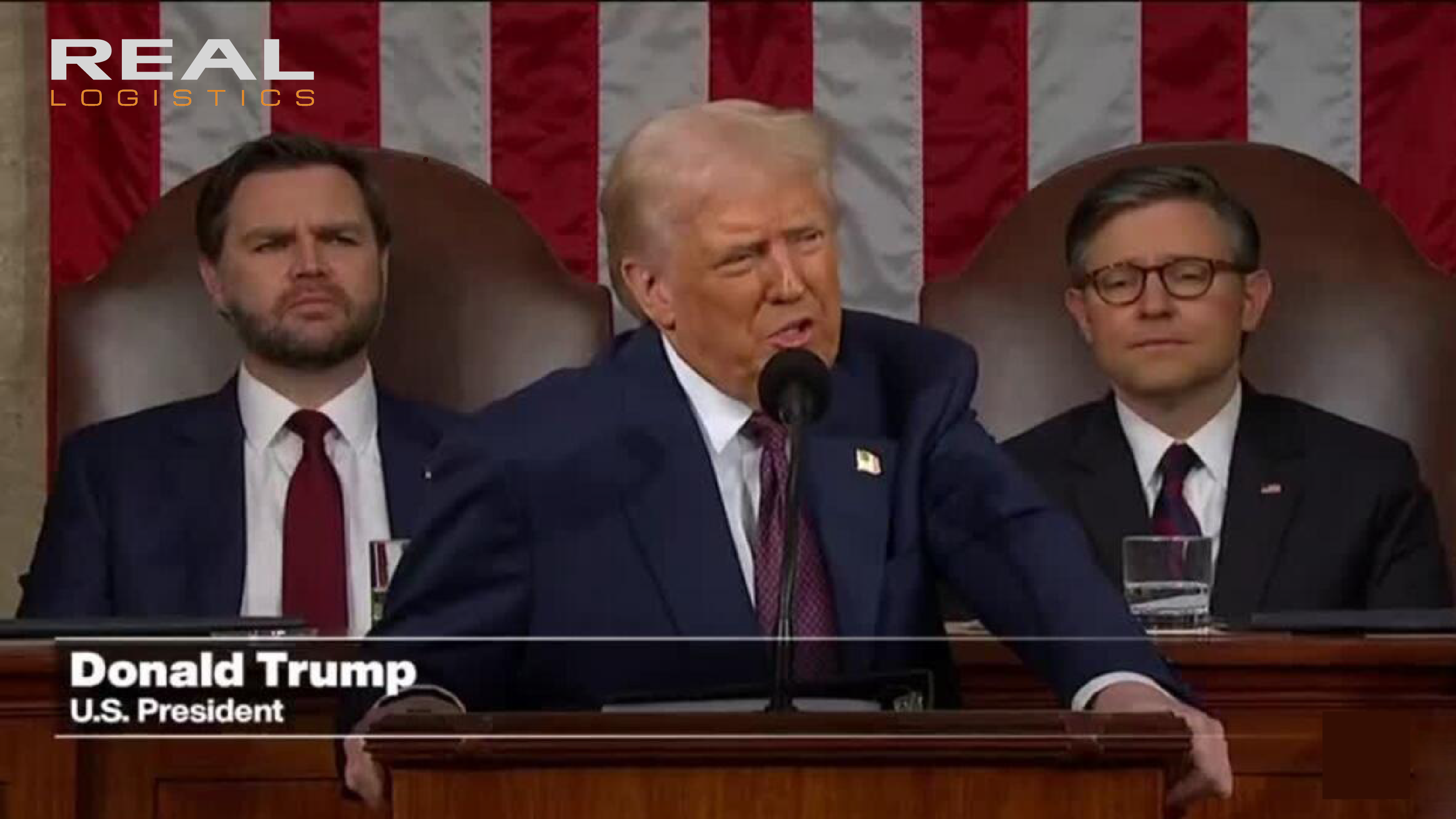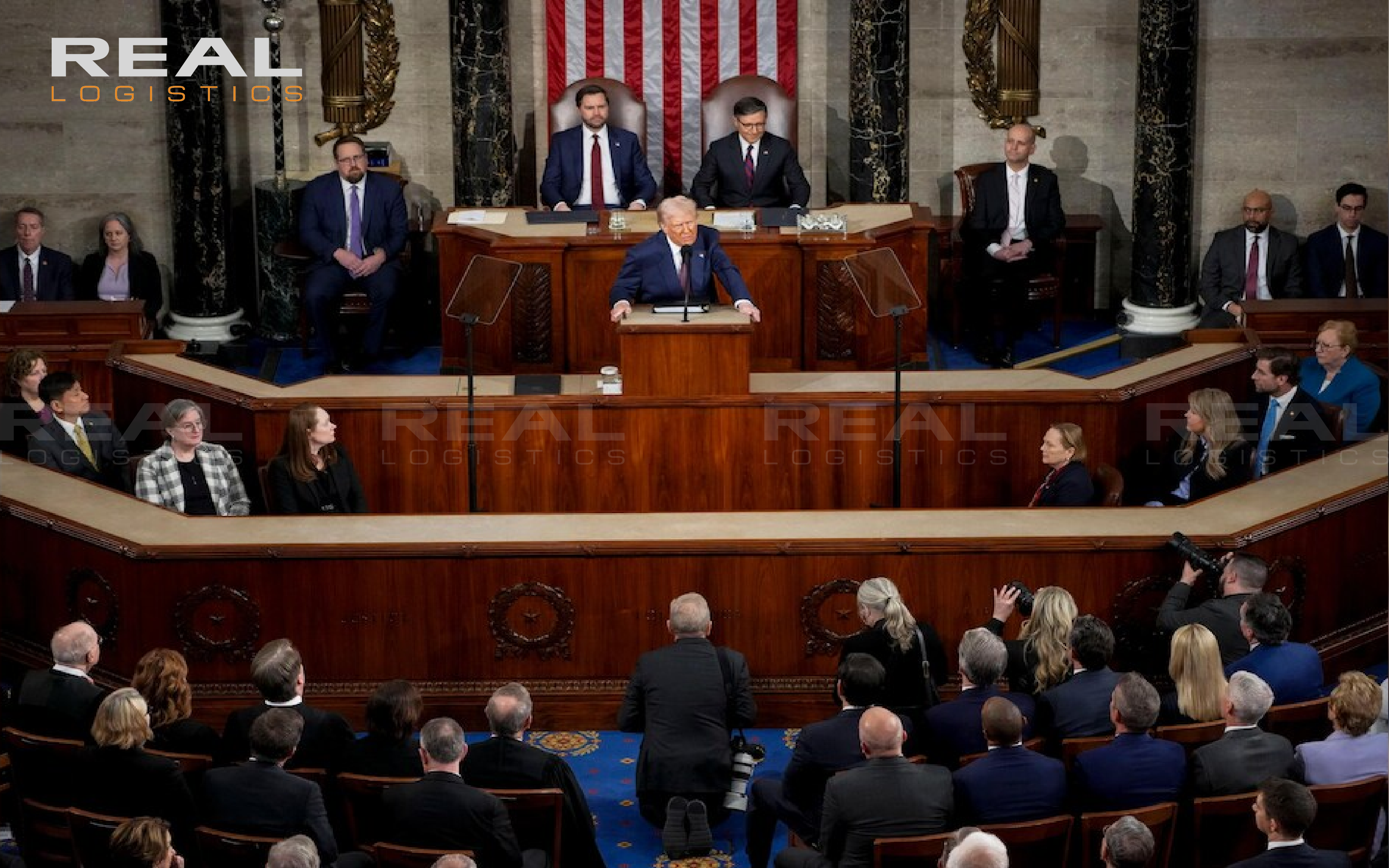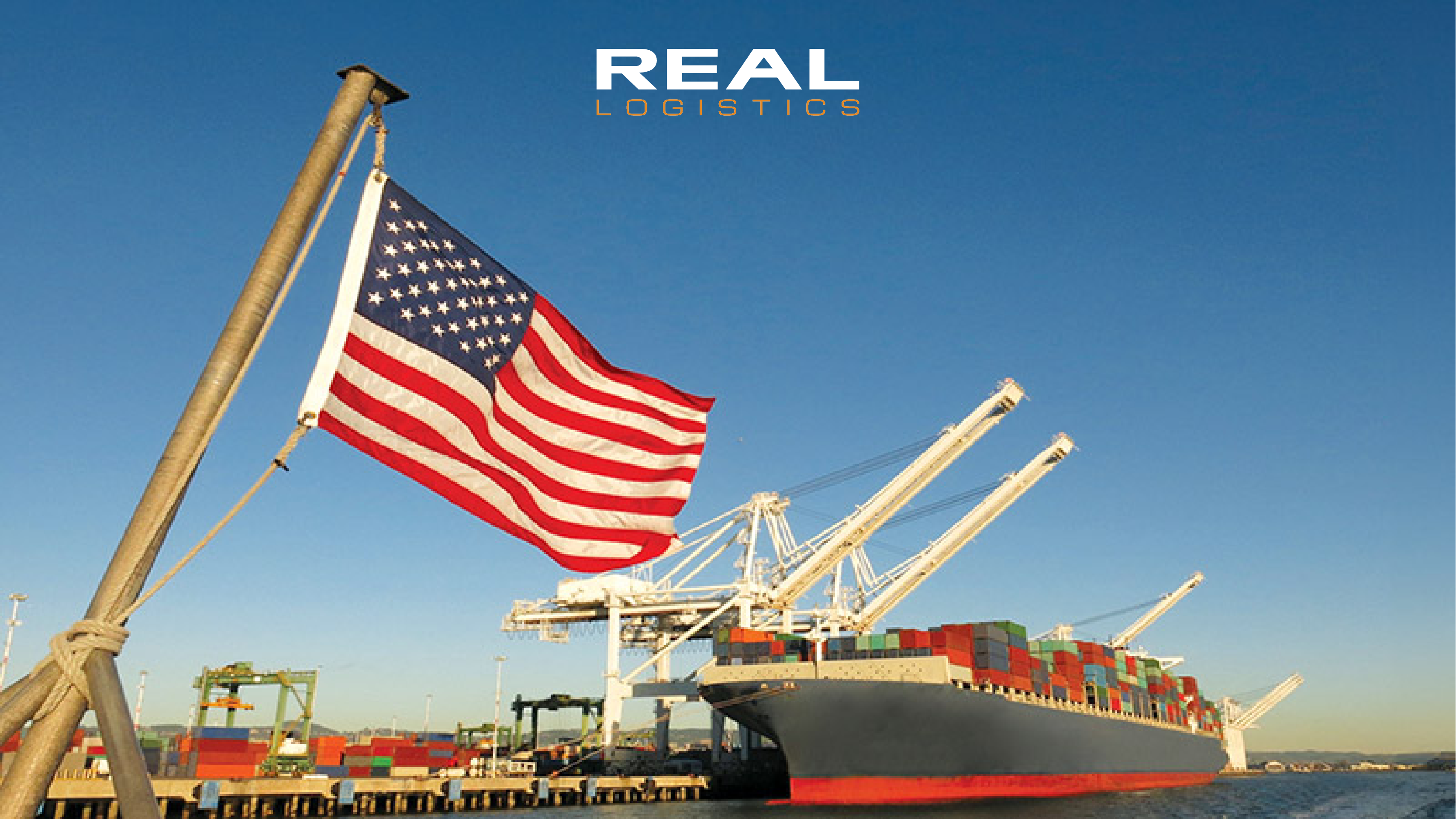US Appeals Court Rules Most Trump Tariffs Illegal
 1. Background of Trump’s 2025 tariffs
1. Background of Trump’s 2025 tariffs
When Donald Trump returned to the White House in January 2025, his administration launched a new wave of tariffs.
- Some levies were based on targeted investigations, such as steel and aluminum under Section 232. These remain valid due to national security grounds.
- The rest were sweeping global tariffs applied to most trade partners, justified under the International Emergency Economic Powers Act (IEEPA). This group of tariffs is at the center of the ongoing legal battles.
In May 2025, the US Court of International Trade (USCIT) in New York ruled that treating trade deficits as a “national emergency” was unreasonable and issued a permanent injunction against many of Trump’s tariffs. Just a day later, however, the appeals court suspended that decision, allowing tariffs to remain in force pending appeal.
2. The August 29, 2025 appeals court ruling
Main findings
On August 29, a panel of seven judges at the Federal Circuit Court of Appeals declared most of Trump’s global tariffs illegal.
- Reasoning: IEEPA does not grant the president authority to impose long-term, broad-based tariffs.
- Exception: Tariffs imposed under Section 232 (steel, aluminum, autos) are not affected.
This is the second time in 2025—after the USCIT ruling in May—that a high-level court concluded the Trump administration had exceeded its authority. Although legally binding, the ruling was stayed until October 14, 2025, giving the Trump administration time to file an appeal with the US Supreme Court (SCOTUS).
- If SCOTUS upholds the ruling, the US may be forced to refund tens of billions of dollars in duties already collected.
- US Treasury Secretary Scott Bessent expressed confidence that the Court’s conservative majority would side with Trump and preserve the tariff policy.
- Reuters and Utility Dive both confirmed that tariffs will remain in place until at least mid-October 2025.

3. Market and expert reactions
Financial markets
Reactions were relatively muted. US equities dipped modestly, while bond yields rose. Jim Baird, Chief Investment Officer at Plante Moran Financial Advisors, commented:
“The concern isn’t an immediate shock but rather the long-term uncertainty—how trade partners might respond and how quickly the Supreme Court will act.”
Businesses
- Many companies said they will need to keep adjusting to higher costs that have persisted since early 2025.
- A major Starbucks supplier in Switzerland is already experiencing higher costs on exports to the US.
- Small packages that once benefited from tariff exemptions (de minimis) are no longer shielded.
International response
- The WTO Director-General called this “the biggest disruption to the global trading system since World War II.”
- India has increased pharmaceutical exports to Russia, Brazil, and the Netherlands to reduce reliance on the US market.
- Trade talks between the US and South Korea have also grown more tense.
4. Implications for businesses and logistics
Short-term:
- Companies must continue calculating costs under the current tariff regime until at least October 14, 2025.
- Importers should maintain transparent customs records to be ready for potential refund claims if SCOTUS upholds the appeals court ruling.
Medium-term:
- Build two scenarios: tariffs removed or tariffs maintained. Both outcomes affect pricing strategies and Q4 2025–Q1 2026 contracts.
- Risk-sharing clauses through Incoterms and logistics agreements should be reviewed with US partners.
Long-term:
- Diversifying markets and pursuing nearshoring strategies (e.g., distribution hubs in the US or Mexico) will help reduce policy risks.
- For Vietnamese exporters, partnerships with global logistics providers will be critical to stay competitive in a volatile cost environment.

5. Conclusion
The August 29, 2025 ruling by the US Court of Appeals is a major turning point, placing Trump’s tariff program under intense legal scrutiny. Combined with the USCIT ruling in May, the trend is clear: US federal courts are increasingly questioning the legality of broad-based tariffs under IEEPA.
While awaiting the Supreme Court’s final word, businesses must proactively prepare multiple scenarios, adapt supply chains, and refine logistics strategies. This is not just a legal battle but a critical test of resilience for the entire global trade and export ecosystem.
—————————————
Real Logistics Co.,Ltd
👉 Facebook: Real Logistics Co.,Ltd
☎️ Hotline: 028.3636.3888 | 0936.386.352
📩 Email: info@reallogistics.vn | han@reallogistics.vn
🏡 Address: 39 - 41, B4 Street, An Khanh Ward, Ho Chi Minh
G2 Floor, No. 51, Quan Nhan Street, Thanh Xuan Ward, Hanoi

